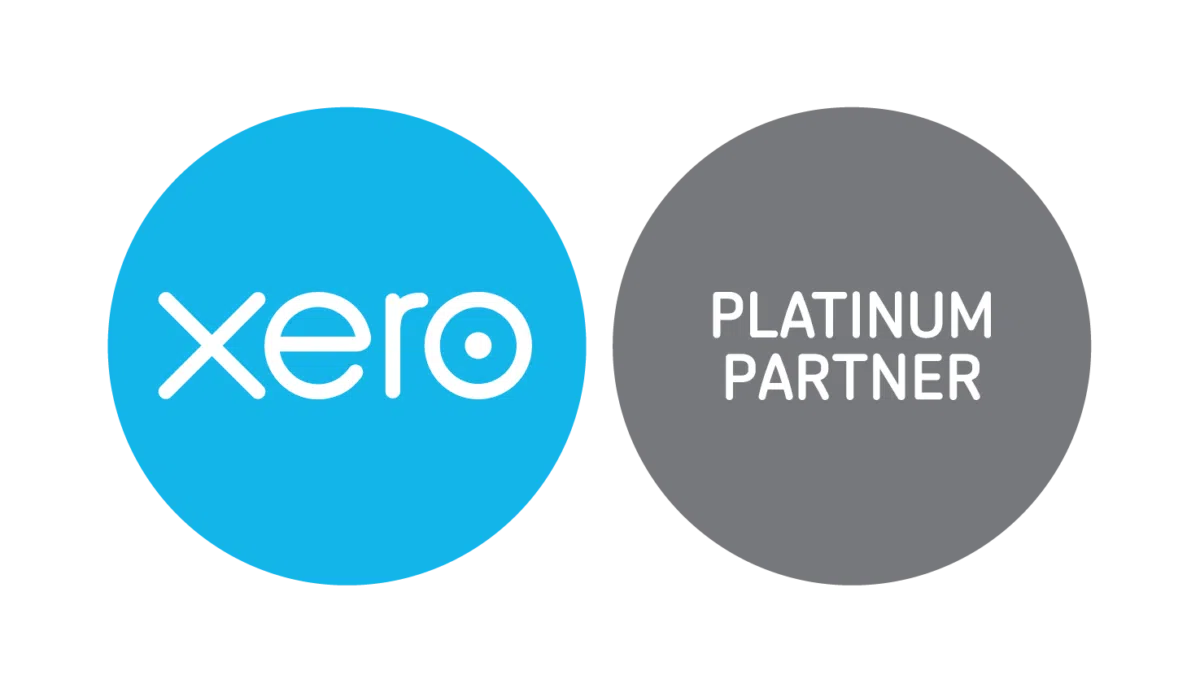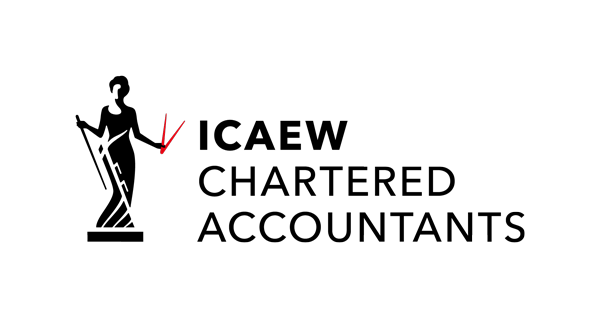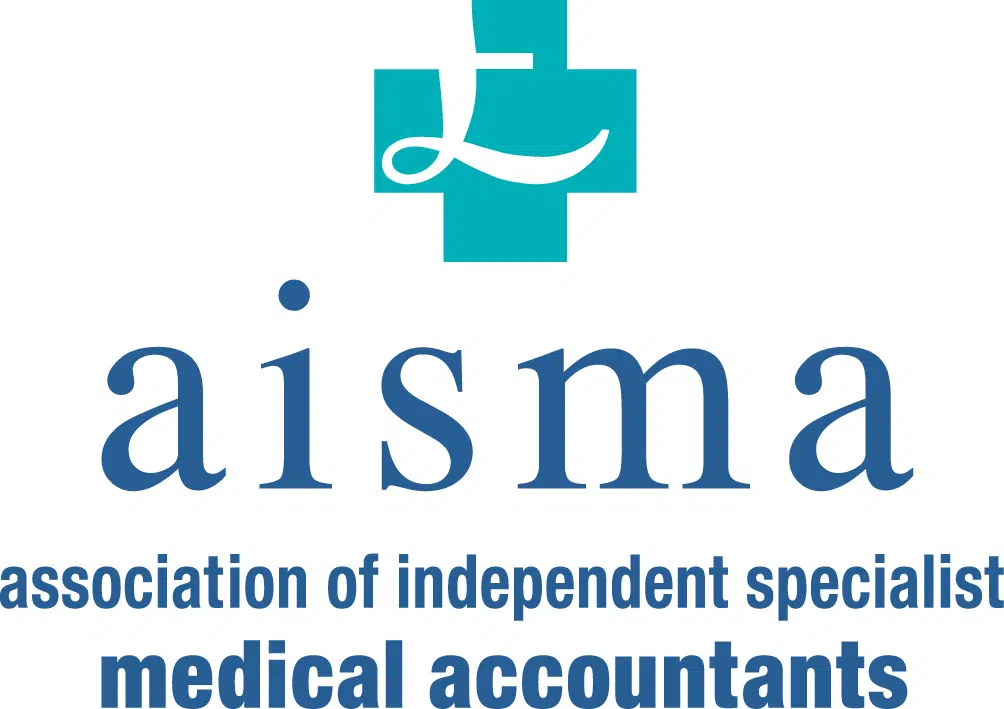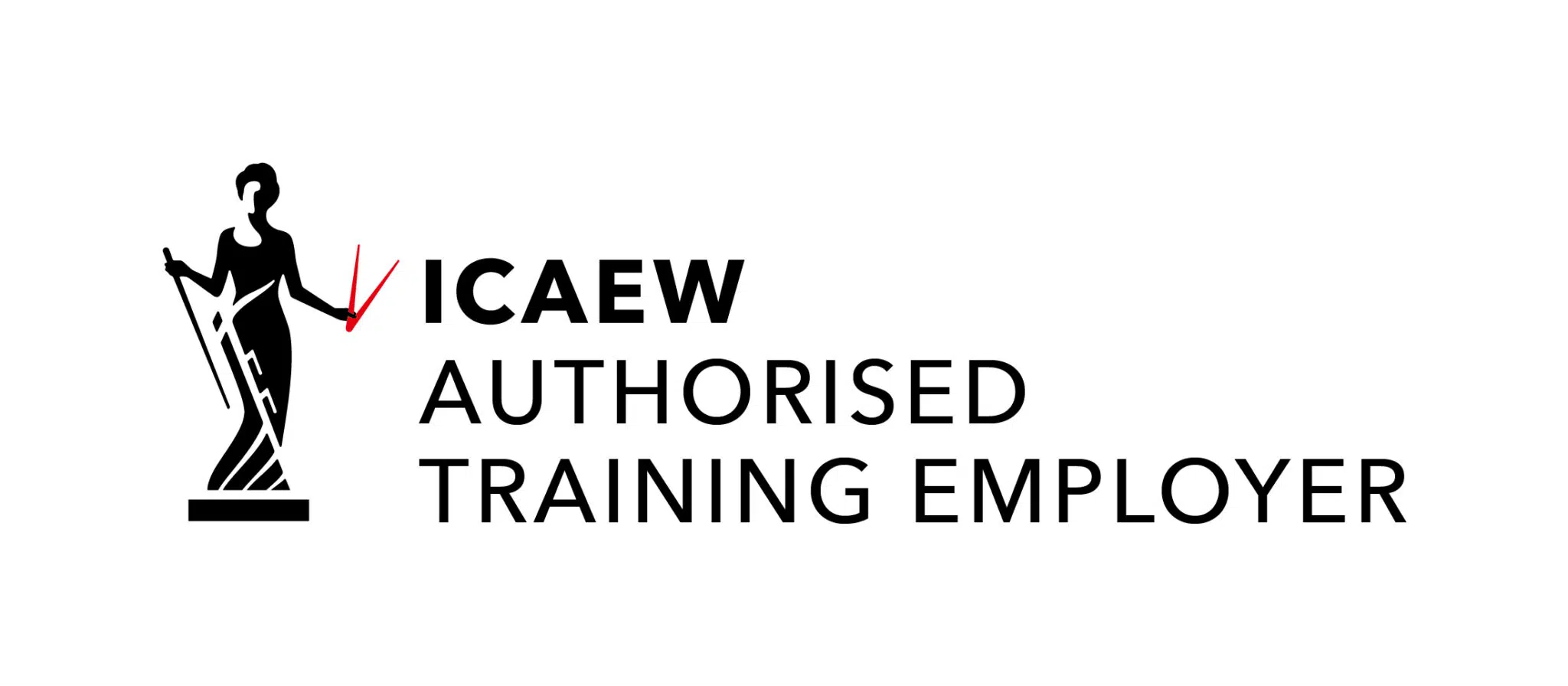Scottish budget approved – after furore!
Published: 19th December 2022
Scotland determines its income tax rates for earned income (but not investment income) separately from the rest of the UK. The latest Budget announcements signalled an increase in the existing differential in rates by adding an extra percentage point to the income tax rate for many taxpayers. In addition, the earnings band at which the top rate of tax applies was reduced to mirror the change in the rest of the UK. The table below shows the current year’s income tax rates and those proposed for 2023/24.
| 2022/23 | 2023/24 | |||
| Rates | Earnings | Tax rate | Earnings | Tax rate |
| Tax -free allowance | £12,570 | – | £12,570 | – |
| Starter | £12,571 – £14,732 | 19% | £12,571- £14,732 | 19% |
| Basic | £14,733 – £25,688 | 20% | £14,733 – £25,688 | 20% |
| Intermediate | £25,689 – £43,662 | 21% | £25,689 – £43,662 | 21% |
| Higher | £43,663 – £150,000 | 41% | £43,663 – £125,140 | 42% |
| Top | Above £150,000 | 46% | Above £125,140 | 47% |
Higher income tax rates weren’t the only bad news. Anyone buying a second or subsequent dwelling will have to pay more land and buildings transaction tax (LBTT). The additional rate, i.e. that paid on top of standard LBTT was hiked from 4% to 6% with effect for purchases completed after 15 December 2022.
The Scottish government’s summary of tax and other changes is available here.












